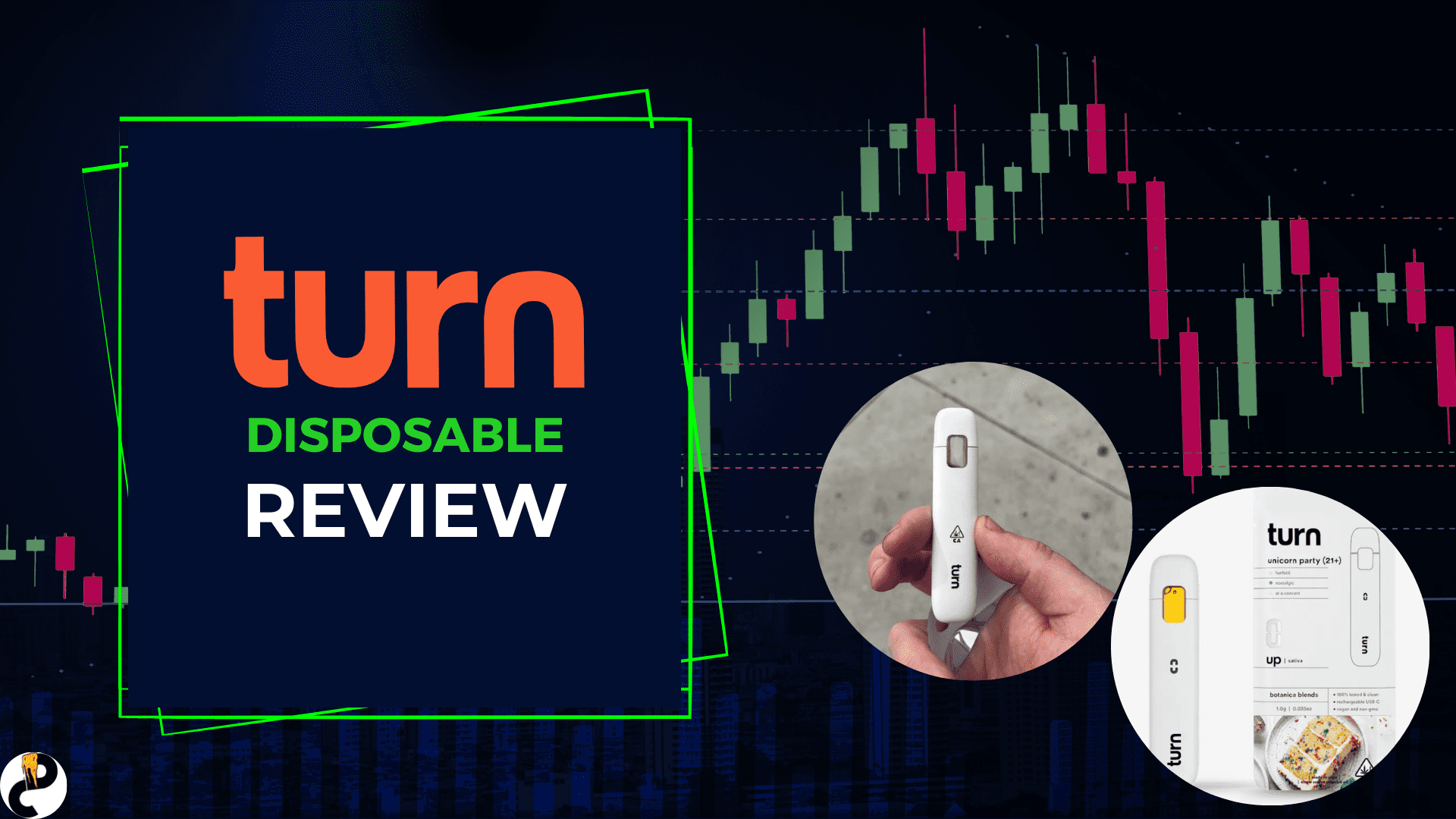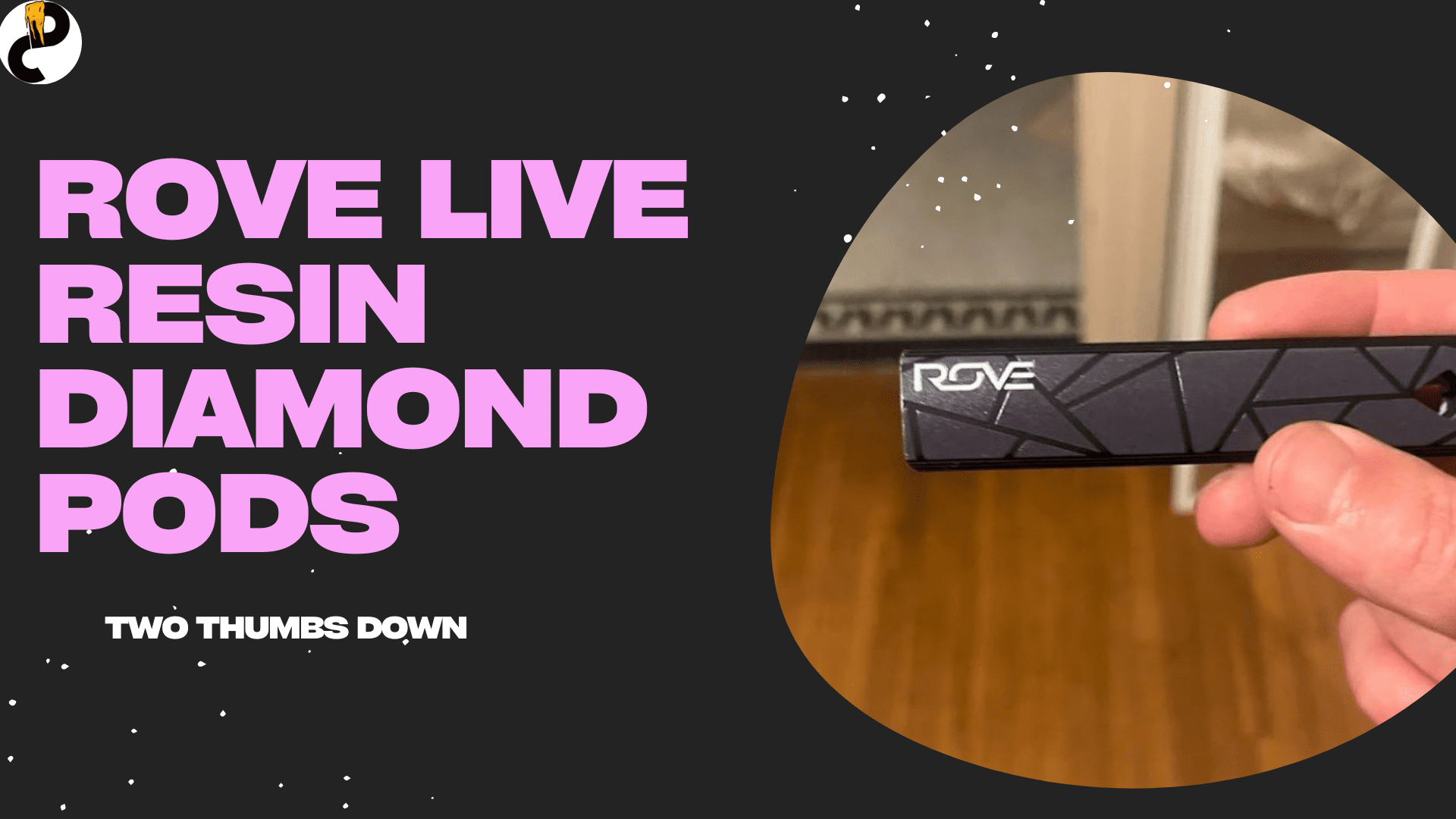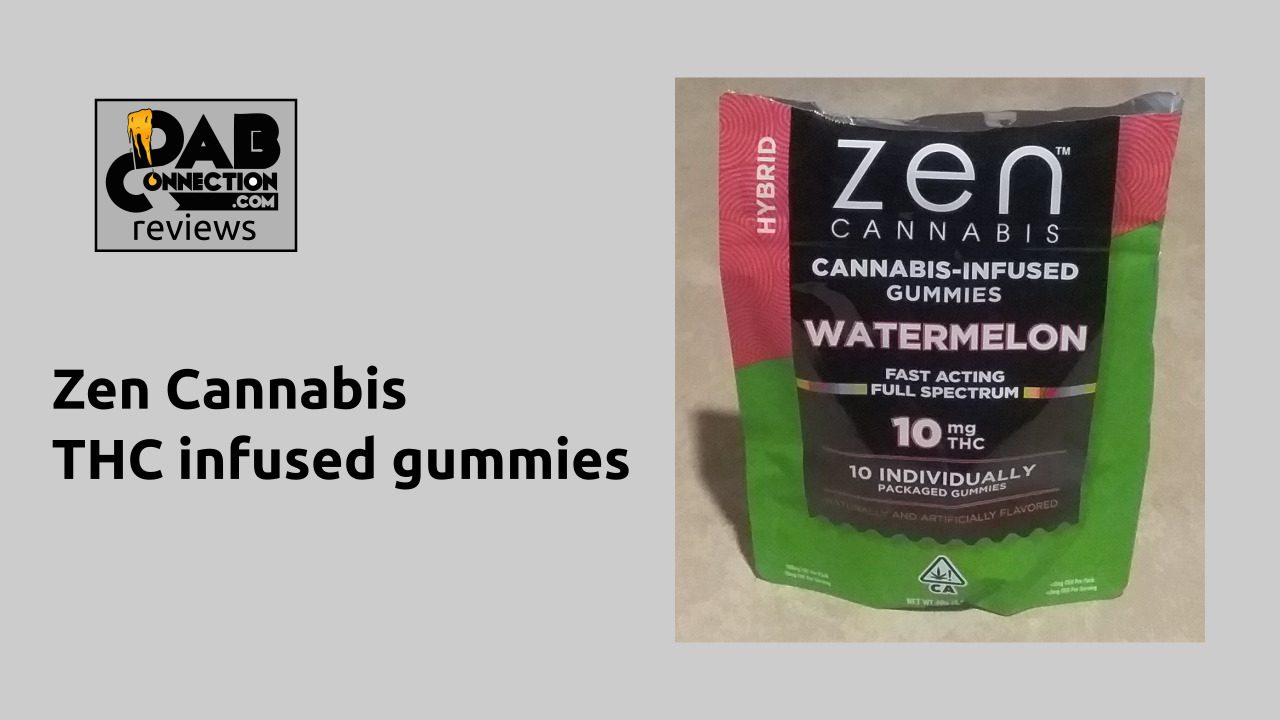Cannabis is Now a Designer Drug
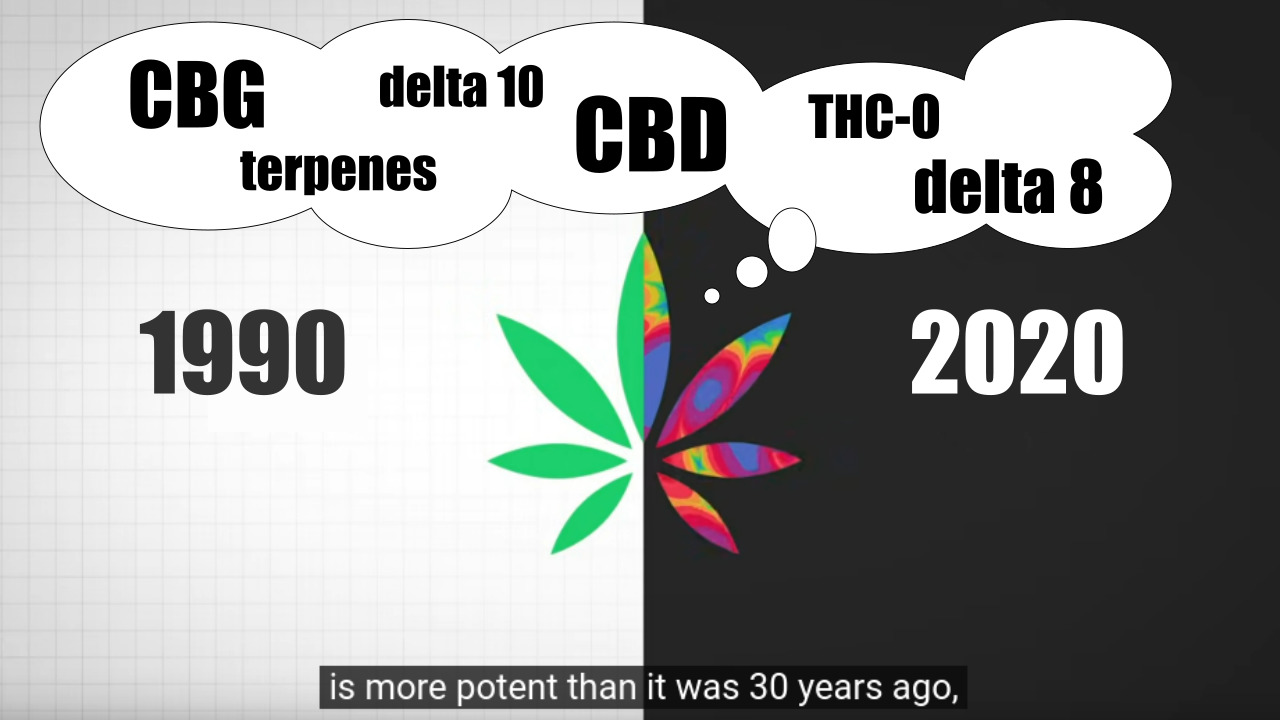
Dear #CannabisCommunity and #CannabisIndustry : Don’t look now, but the way we talk about cannabis is changing, and how we write about it needs to change too! We, in the cannabis media industry, can help guide the public towards a better understanding of cannabis as a composite drug.
The face of the cannabis industry is changing at such a fast pace, that it just barely even makes sense at this point to compare 2020 weed to 1990 weed. One of the ways that popular media is trying to get a handle on expressing the changes in modern cannabis is by noting a change in strength. Here’s a pretty comprehensive piece by the Atlantic for a quick run-down of that position:
Now, that assertion that “cannabis is more potent now than it was 30 years ago” is only a small part of the story. In strict argument we could more rightly say that “there are more potent doses of cannabis available than there were 30 years ago.” Doubtless, when we’re reviewing a dab of some extract rated at 78% THC, we can not deny that previous generations’ wild black market weed rolled into a joint would pale in comparison.
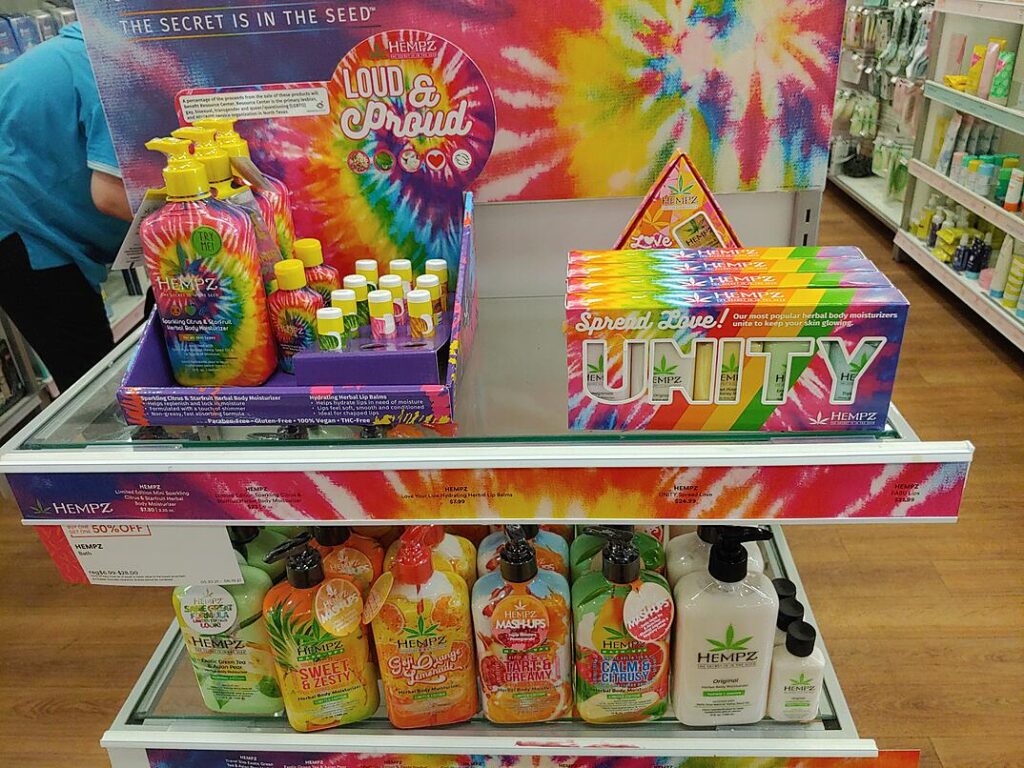
But there’s also far less potent forms of cannabis products to consume. CBD, for instance, appears to have no psychotropic effects whatsoever, and is so mild that it’s being sold in a plethora of cosmetics. We’re all encountering CBD bath bombs and body cremes at the mall, with no dispensary in sight, and we’re not at all getting high off these products. So that’s a less potent form of cannabis.
And in fact, there’s every other claim you can make for all the various forms of products that start with a plant in the hemp family. Some are more potent, some are less potent, and some have effects depending on a cannabinoid in isolation and concentration, which are completely on a different scale.
The time is coming very soon when it no longer makes sense to discuss cannabis as “just one drug.”
Sure, we get all these different cannabinoids and terpenes and isomers from cannabis. We get cream and butter and cheese from milk, but we don’t refer to the whole category of dairy products as “milk.” Likewise, the derivatives of cannabis as we explore them are demanding their own individual considerations.
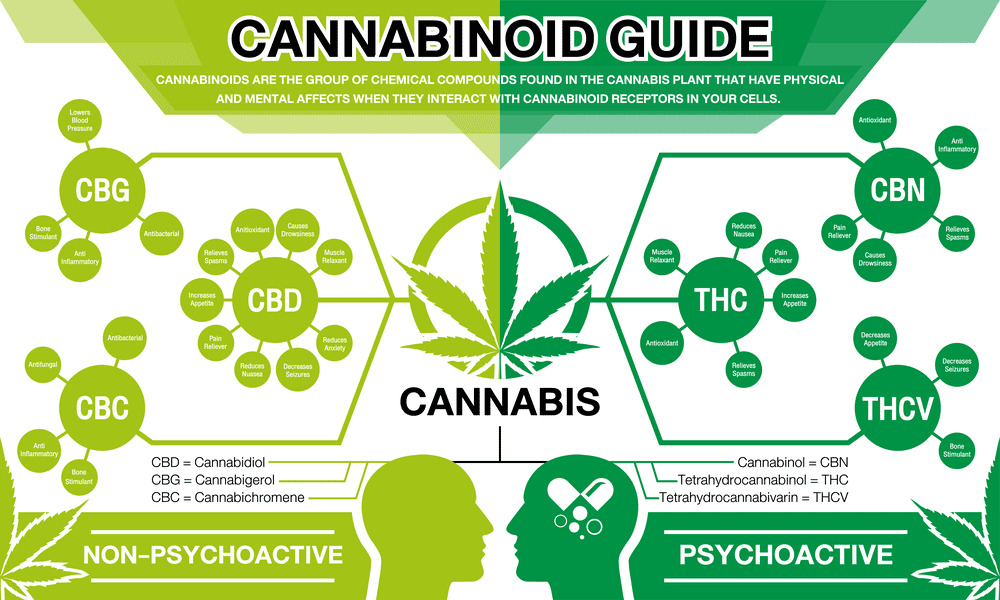
Cannabinoids are a complete stand-alone drug spectrum
There’s a few facts we should always keep in mind when we write about the modern cannabis market:
- We’re still in the pioneer days of research
- We may have decades ahead of us before we have explored and documented the effects of every isolated chemical entity in cannabis
- There are cannabinoids which have different effects besides “getting high,” including some compounds which work against each other
- We are able to isolate and fine-tune these chemical compounds into a menagerie of products
We need to keep in mind that cannabis research was slowed down by its status as a prohibited drug, for some 70+ years of prohibition. That’s a gap of 70 years worth of industrial strength research that we’ve put into every other agricultural product. Look what that same period of industrial research did for our common supermarket produce:
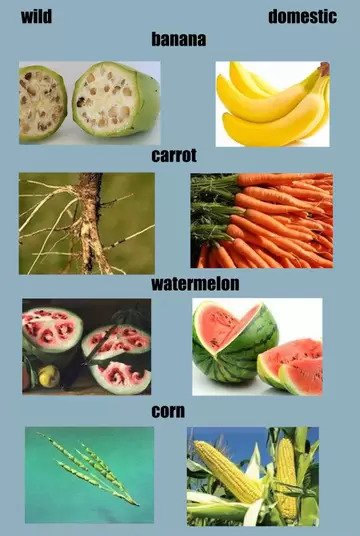
Likewise, the hemp plant is the plant of 1000 uses, and we are discovering that when you isolate the THC from the equation, you have not begun to address the other components. That’s over 100 cannabinoids, and let’s not forget the isomers of those cannabinoids – 30 alone just for THC, hence deltas 7, 8, and 10 so far. If every cannabinoid has 30 isomers, that’s three thousand of these compounds which we have to isolate and test one at a time to see their effects.
We need to accept that the terms “Sativa” and “Indica” are outdated
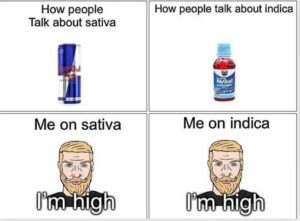
Recently a few colleagues of your humble author have begun to speak up from the cannabis trenches, offering to throw out the terms “Sativa” and “Indica.” This is another outdated idea, because in reality 99% of all cannabis strains count as “hybrid,” which really doesn’t tell you much. That blog post, as I do here, answers that we need more focus on cannabinoid and terpene content.
Hear hear! There is so much more going on now besides the difference between sativa and indica. You can smoke twenty different strains and feel twenty different effects.
Cannabis is not a mere “drug.” Cannabis is a drug smorgasbord!
Case in point: CBG.
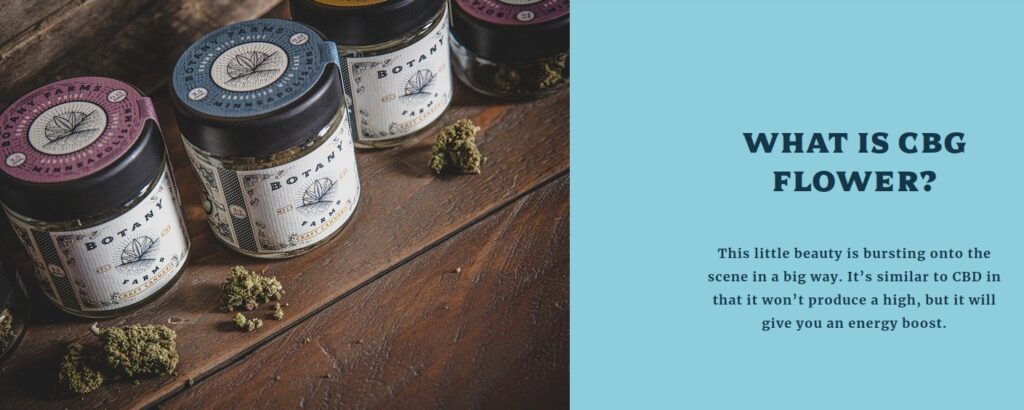
When I recently reviewed some delta 8 hemp flower, one of the strains was engineered to contain a high concentration of CBG. The effects I felt were profound, nothing at all like regular skunky-nug weed. Yet when I go looking at CBG research, the general consensus is that it has no psychoactive effects.
But too often when we say a cannabinoid is “not psychoactive,” what we mean is that it doesn’t get you high like THC. The definition of “psychoactive” is literally any “chemical substance that changes nervous system function and results in alterations in perception, mood, consciousness, cognition, or behavior.” Caffeine, nicotine, nutmeg, and even chocolate are considered psychoactive.
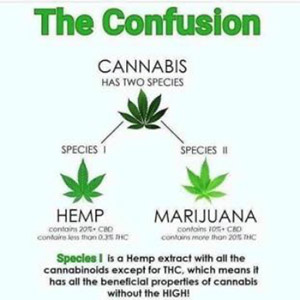
Deeper digging on CBG does reveal some alternative claims.
CBG is thought to “strengthen the function of anandamide, a neurotransmitter that plays a role in enhancing pleasure and motivation, regulating appetite and sleep, and alleviating pain.” Yet in the very same paragraph that article brings the disclaimer that CBG is not psychoactive, thus won’t get you high.
But it IS “enhancing pleasure,” right? So why can’t we call that a “high”? That’s kinda the purpose of a high, is it not?
According to “anecdotal reviews of CBG users,” the effects of CBG are energizing, improvement in concentration, and soothing upon consumption. All over the place, you find discussions about the effects of CBG, and the consensus you may find is that there is definitely more to it than a similar dose of CBD.
The Marijuana Investor Summit WCP2018 finally comes clean on the issue: “Cannabigerol (CBG) is not a psychotropic drug but is mildly psychoactive. It doesn’t impair reasoning like THC.”
That is exactly my experience. CBG didn’t hit me as a cannabinoid to get you stoned, but rather felt energizing and motivating, like the spiky end of Sativa strains, a mild amphetamine, or a good strong cuppa joe.
As is the case with most cannabinoids, more research is needed to understand the effects of CBG.
That’s just one out of 100 cannabinoids to explore! THC and its isomers, plus CBD and a few other compounds, have all been given a large share of the research spotlight. But this leaves dozens of cannabinoids to explore.
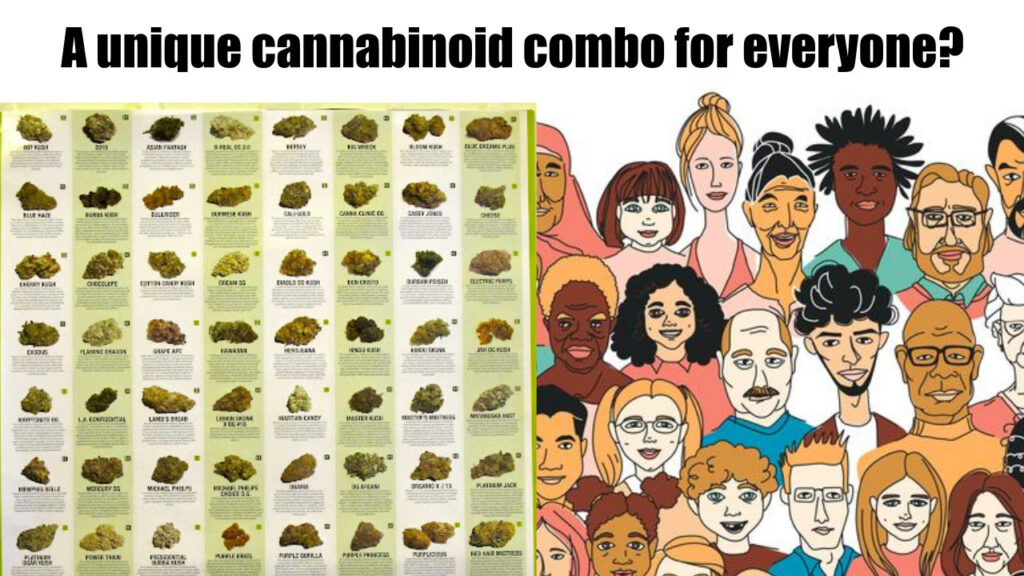
Is there a different “weed” for everyone?
We also have to remember that cannabis effects are partly subjective. Different users report different sensations and effects from the same mixture and dose. So while a cannabinoid may leave no impression on one person, it may knock another user for a loop. And yes, I know that the scientific terms are hard to explain and all the technical details suck some of the fun out of cannabis reporting. But we have to enable a more literate public discourse on cannabis components or we’re just going to run into more confusion later.
I’m addressing this post mainly to the cannabis media industry at large. But all of us in the cannabis community can benefit from a few take-aways:
- We need to stop talking about cannabis like it’s just the THC molecule. That’s not even a chip off the tip of the iceberg anymore!
- We need to stop talking about “cannabis strength.” That’s like saying methamphetamine is stronger than coffee. They are different things!
- When we hear somebody say they tried cannabis once and it didn’t please them, we need to point out that isolating and concentrating one cannabinoid makes a completely different experience. There might be people seeking therapeutic treatment who would benefit from CBD, CBG, CBN, CBC, etc., but they didn’t bother because one puff off their cousin’s bong didn’t hit them right.
- We need to hammer on the need for research, and the need to drop more legal barriers to established clinical research.
Beyond all of the 100 cannabinoids, times the three thousand isomers of all the cannabinoids, and the 120 different terpenes in cannabis, we still have to absorb all of the entourage effects from each of those in combination. That leads us to an astronomical number. We may well end up having a different variety available for every adult user in the world.
Readers, thank you for taking the time to read through our hot take. We do this in the spirit of helping the cannabis community keep up with its own growth. We should really be proud of ourselves, we’ve come a long way. Readers: At what point can we think of cannabinoids individually and separately from just “getting high”? Sound off in the comments or join the navel-gazers in our forum.



